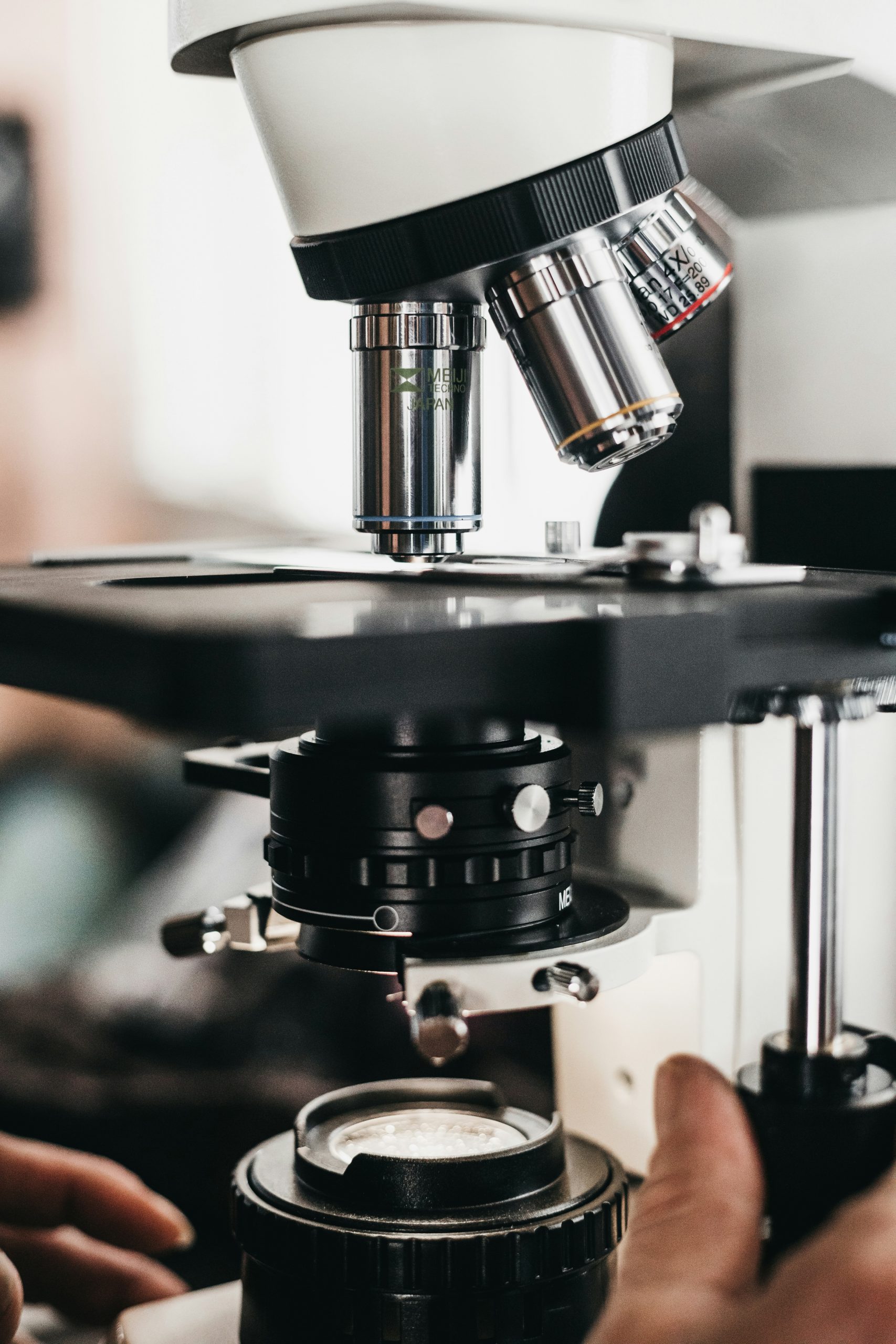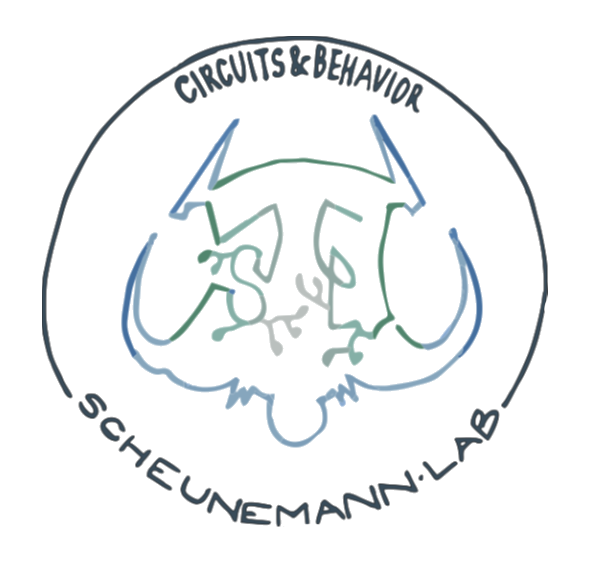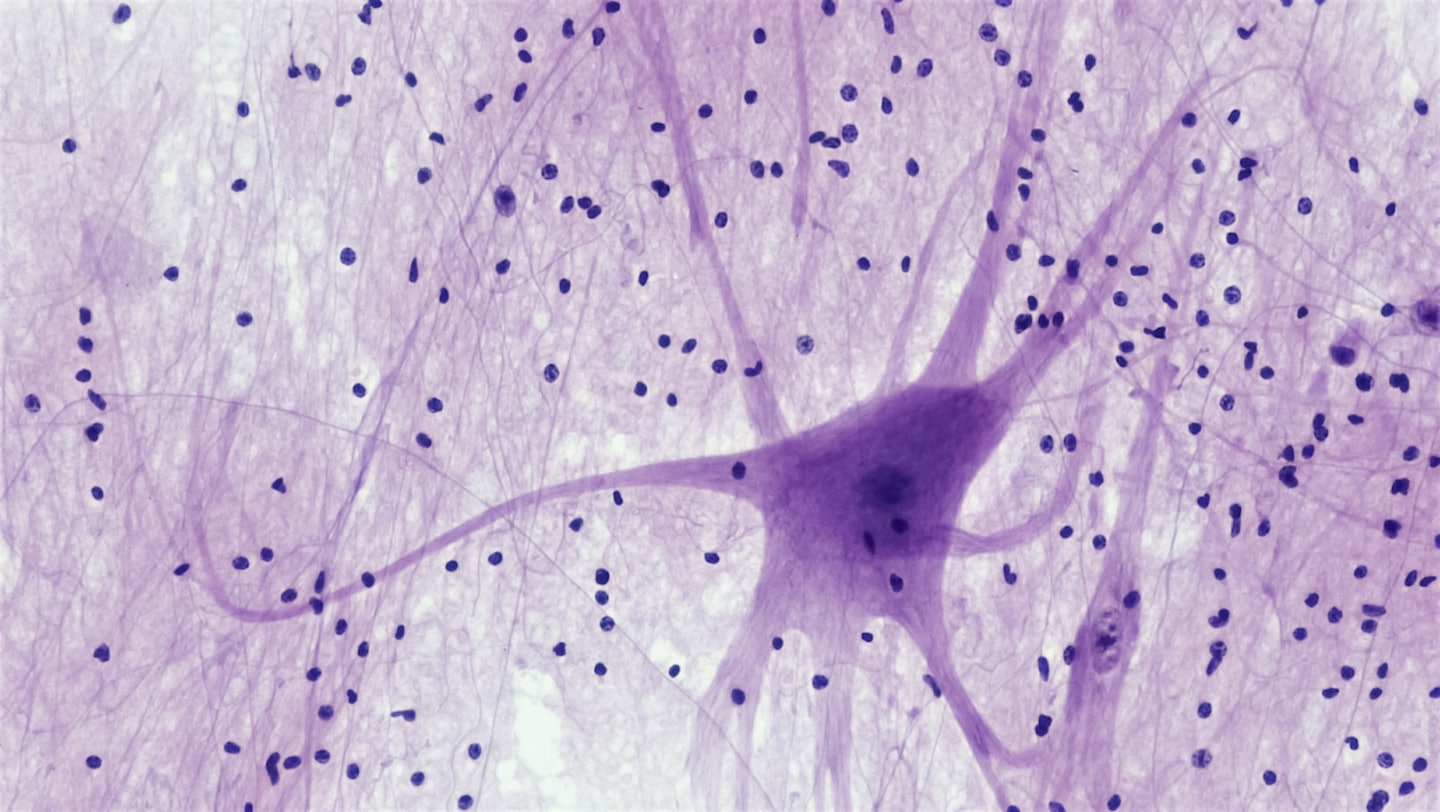
Research
Our group is concerned with the question of how the brain selects which information is stored as long-term memory. In every moment of our lives, we are exposed to new stimuli and have new experiences. Only a fraction of these experiences is consolidated as a stable long-term memory – and that’s a good thing. Unfiltered storage would lead to not only cognitive but also severe mental problems. We are therefore investigating which mechanisms the brain uses to select relevant information and only release this information for storage. Here, we fundamentally address two processes:
1. the so-called memory suppression, which constantly inhibits consolidation as a default state.
2. Memory gating, which initiates consolidation, for example, from a certain excitation threshold.
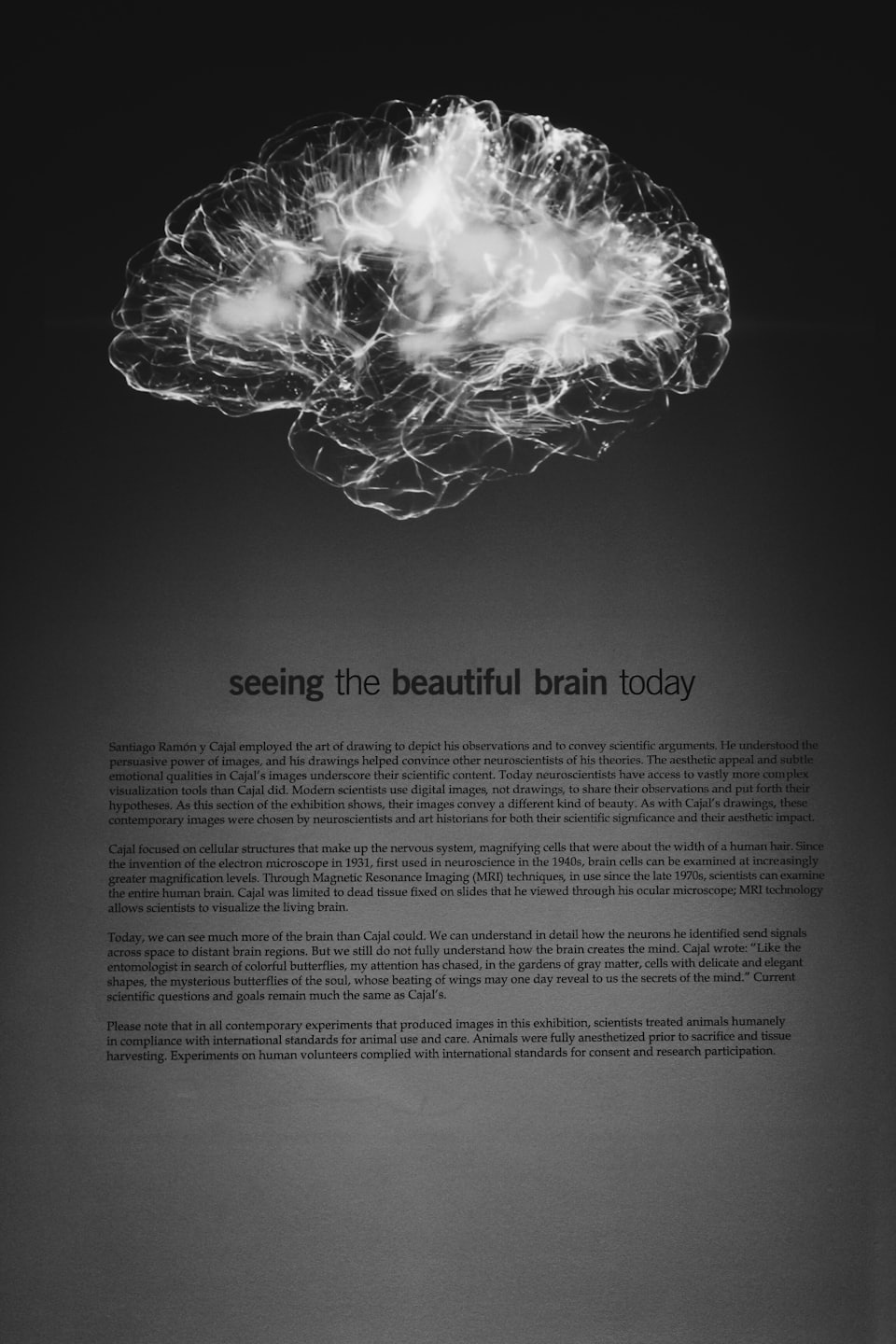
A particular focus lies on the question of whether positive and negative memories use similar mechanisms and how the external or physiological context (nutrition, reproduction, sleep, stress) influences information evaluation and storage. We combine questions about the involved neuronal networks (circuits), transmitter systems (serotonin, dopamine), as well as the physiology of synaptic plasticity and neuronal signaling cascades.

We investigate these questions using the model organism Drosophila melanogaster. To do this, we use the pronounced olfactory capabilities of these small insects in the laboratory and train positive and negative odor memories using classical conditioning. Basic neuronal processes such as transmitter systems (serotonin, dopamine) and neuronal signaling cascades (cAMP, PKA, CREB) are highly conserved in the Drosophila brain. Thanks to precise genetic manipulation tools in the brain, we can ask detailed questions about the connection between behavior and the physiology of memory consolidation.
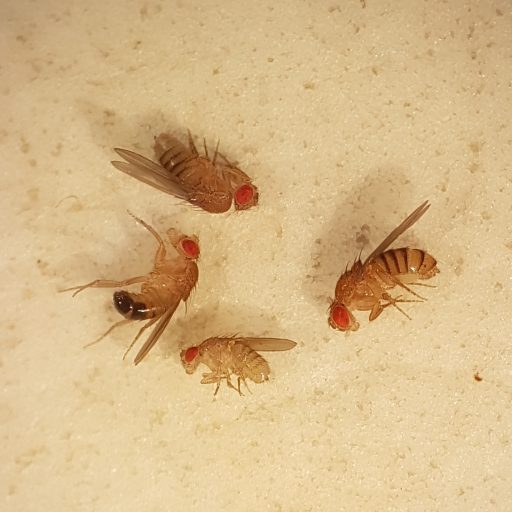
Methods
Behavior assays/ classical conditioning: we use classic memory assays (t-maze) as well as automatic high-throughput apperatures combined with optogenetics (conditioning barrels). We also develop individual memory assays and use video tracking for fine behavior analysis (work in progress).
Diverse behavior paradigms: to understand memory formation in the context of different behavioral states, we use different behavioral assays to test feeding, sleep, reproduction and stress-related behaviors (e.g. Fly-Pad, Opto-Pad, Trikinetics)
2-Photon “in-vivo” imaging: 2-photon microscopy allows us to detect signals even deep in the living brain of Drosophila. Through well-established “in-vivo” preparations and synchronized behavioral apparatures, it is feasable to look into the brain of the fly as it learns and monitor physiological processes in different conditions. Calcium imaging (GCamP) is mainly used, we also monitor the activity of second-messengers (FRET probes for cAMP/PKA).
Immunohistology: Changes in the brain caused by learning-induced plasticity can lead to stable changes in the composition of presynaptic and postsynaptic proteins (transmitters and release complex, receptors) and signaling cascades. By specifically staining synaptic components, we can draw conclusions about cellular and subcellular plasticity adaptation in specific contexts.
Targeted neuro-genetic, thermo-genetic and opto-genetic manipulation of neuronal populations or individual neurons using a binary genetic targeting system in the brain of Drosophila melanogaster.
